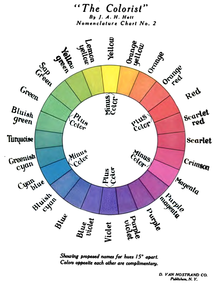Environment
What Words Can't Say: The Ineffable Nature of Consciousness
The ineffability of consciousness might reveal secrets about the brain.
Posted December 28, 2019 Reviewed by Gary Drevitch

Each item of which people are conscious is called a conscious content. A conscious content could be a yellow afterimage, ringing in the ears, or a toothache. The “conscious field” is composed of all the conscious contents activated at one time—that is, all the things that one is conscious of at one moment in time.
Often, conscious contents are ineffable in nature; that is, they are difficult or impossible to express in words. This is especially the case with sensory “primitives,” such as the sensory qualities of different colors.
Regarding such sensory qualities, Karl Lashley noted, “Quality is something unique, indescribable, except in terms of itself. Red is red, green is green. Neither is, by any stretch of the imagination, a form of ether vibration or chemical change in the brain... when by analysis the simplest qualities are reached, nothing more can be said of them save that they are in different, undefinable degrees diverse. They have no describable characters inherent in themselves; they are not analyzable into anything else. They exist by virtue of their indescribable differences and by virtue of nothing else discoverable by introspection” (Lashley, 1923, p. 252-253).
Of course, not all conscious contents are ineffable. One can describe a yellow pentagon sitting atop a rectangle quite accurately. But these would not be sensory primitives. The “yellow” part of the description would be the ineffable part of the description because it involves a sensory primitive.

As I will discuss in future posts, conscious contents can also be arbitrary and, interestingly, unarbitrary. An unarbitrary conscious content would be, for example, the positive feeling that one experiences when drinking water while thirsty. The positive feeling is not arbitrary because it should feel good (and not bad) to drink water when thirsty.
When conscious contents are unarbitrary, they tend to be describable in words. The existence of unarbitrary conscious content poses many challenges for theories regarding consciousness, as I will discuss in future posts.
For further readings, see this blog about a primer. And here is a direct link to the primer.
For a humorous tale involving neurology, by Morsella, click here.
References
Lashley, K. S. (1923). The behavioristic interpretation of consciousness. Psychological Bulletin, 30, 237-272 (Part 1), 329-353 (Part 2).


